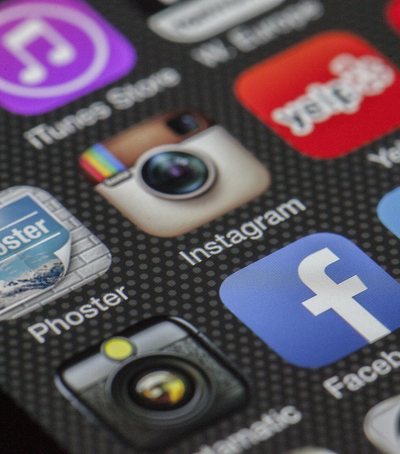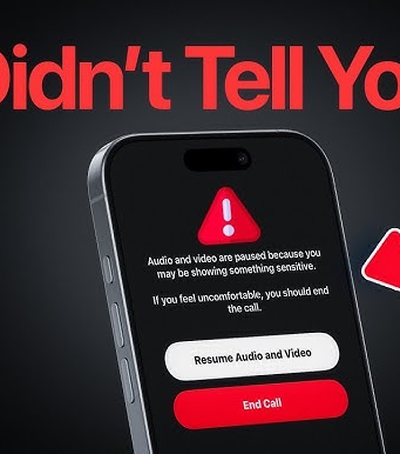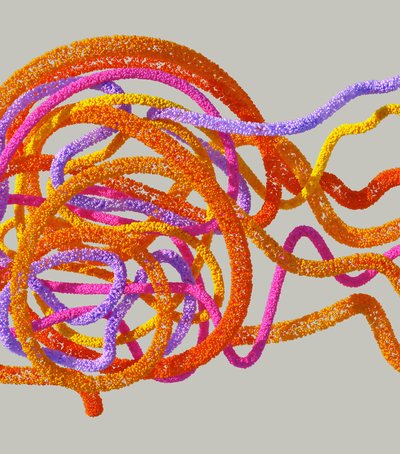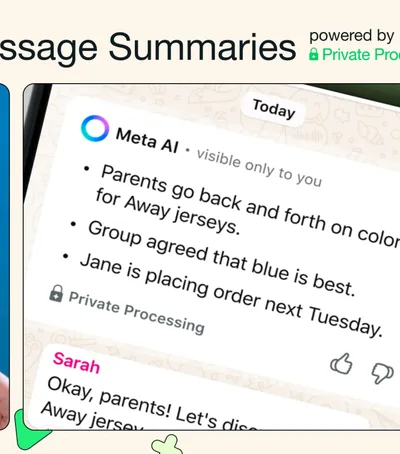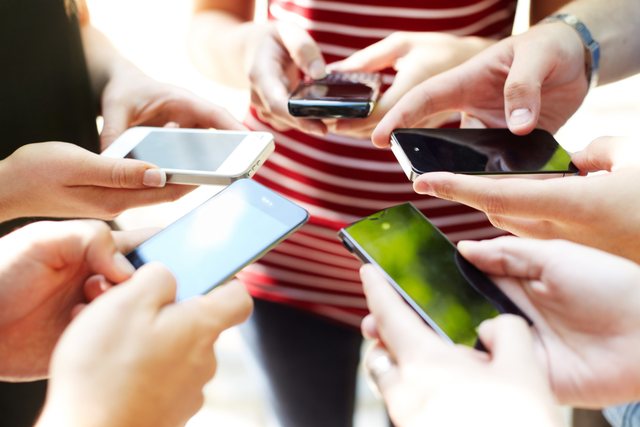
Earlier this week my iPhone underwent a drastic change. It turned gray. Instead of bright colors coming off the screen, my apps and photos looked like washed-out newsprint. This was intentional on my part.
I wanted to see if putting my phone into gray mode would make me spend less time scrolling through apps. A surprising result near the beginning of my experiment: The real world around me seemed more alive when I looked away from my phone.
Grayscale mode has been reported in the tech press to combat phone addiction, but I first heard about it last week during a Twitter Spaces discussion with Emma Lembke, a 19-year-old college student who started the LOG OFF movement. to help young people create a healthier relationship with social media. Emma, ??whose addiction to Instagram since the age of 12 took a toll on her mental health, told me she put her phone on gray mode whenever she had exams or was going through a stressful time in her life.
Steve Jobs, who relentlessly pursued aesthetic perfection in Apple phones, would surely be turning in his grave at the idea of ??emptying our pocket computers of all their carefully chosen nuances. But turning the phone gray is not easy. There was a labyrinthine series of settings I had to navigate first. (To go to grayscale on iOS, open Settings, tap Accessibility, then tap Display & Text Size, and finally scroll down to a feature called “Color Filters.”) None of this comes up when you do a search for “grayscale,” “black and white,” or “color” in the iPhone's Settings app. You should search for the steps on Google.
Other addictive products lawmakers have taken care to restrict: cigarette packs have graphic warning labels, while alcohol ads remind consumers to "drink responsibly." There is no similar demand for Big Tech firms, despite widespread evidence that excessive phone and social media use leads to mental health problems. At the very least, they should highlight tools that enable people to use them with less coercion.
Por ata gjithashtu nuk e kanë bërë të lehtë për ata që ndërtojnë mjete për të kontrolluar varësinë ndaj telefonit. Tetorin e kaluar, “Meta” i dërgoi një letër pushimi dhe ndalimi një zhvilluesi britanik të softuerit, i cili kishte krijuar një mjet falas të shfletuesit që automatizonte procesin e heqjes së ndjekjes së një liste të tërë miqsh në Facebook, duke e bërë Newsfeed-in e një personi praktikisht bosh, ndërkohë që ende duke i mbajtur ata miq.
Louis Barclay e lëshoi ??mjetin në korrik 2020 pasi u përpoq të heqë dorë manualisht të gjithë miqtë e tij në Facebook – një proces që mund të zgjasë disa orë – dhe zbuloi se nuk tundohej më të lëvizte poshtë një “Feed”-i të pafundëm përmbajtjesh. Orët që kalonte në Facebook ranë, më tha në një intervistë, pasi varësia e tij u bë e menaxhueshme.
Afërsisht 12,500 njerëz shkarkuan mjetin e Barclay, Unfollow Everything, por një vit më vonë, në korrik 2021, Facebook kërkoi që ai ta hiqte atë. Ai gjithashtu e ndaloi atë të përdorte Facebook ose Instagram përgjithmonë, duke thënë se mjeti rrezikonte sigurinë dhe privatësinë e përdoruesit. Një zëdhënëse e Facebook tha se ishte e gabuar të sugjerohej se kompania ishte e motivuar për të reduktuar kontrollin e njerëzve mbi përdorimin e sajtit dhe tha se ajo ofronte një panel aktiviteti dhe rikujtues të përditshëm për të kufizuar njoftimet, pasi kishte bashkëpunuar me ekspertë të shëndetit mendor.
There is a whole industry of home appliances like this. Apps like New Feed Eradicator aim to reduce distractions, Flipd is for staying focused on goals, and Freedom helps block distractions across devices. Some are apps, but many are also browser extensions, which Barclay says can be easier to distribute since apps have to play by the App Stores' rules. Unfortunately, none of these services are cracking the top ten lists of the app stores./ Bloomberg/ BM/


